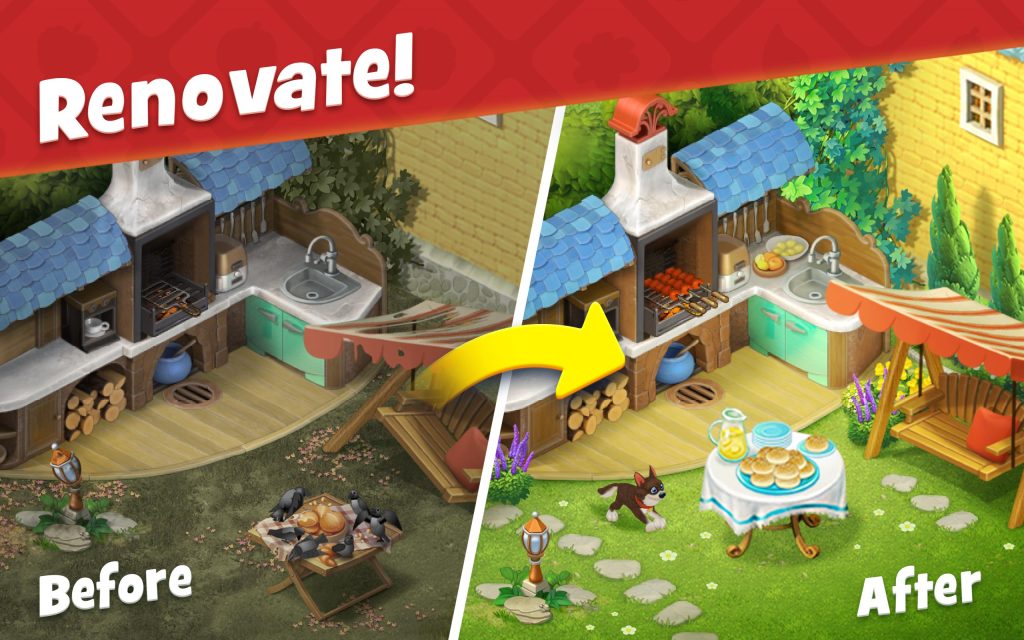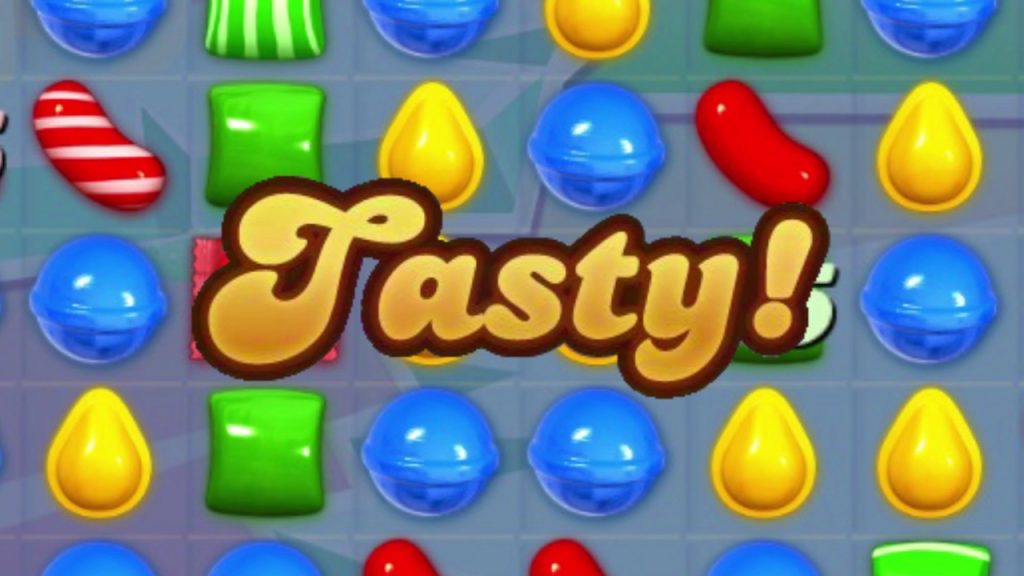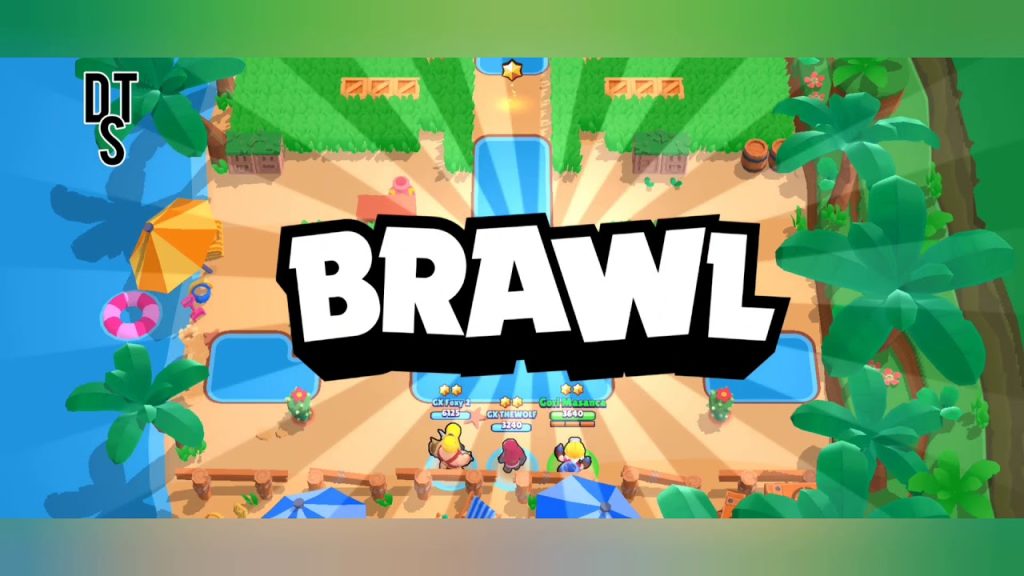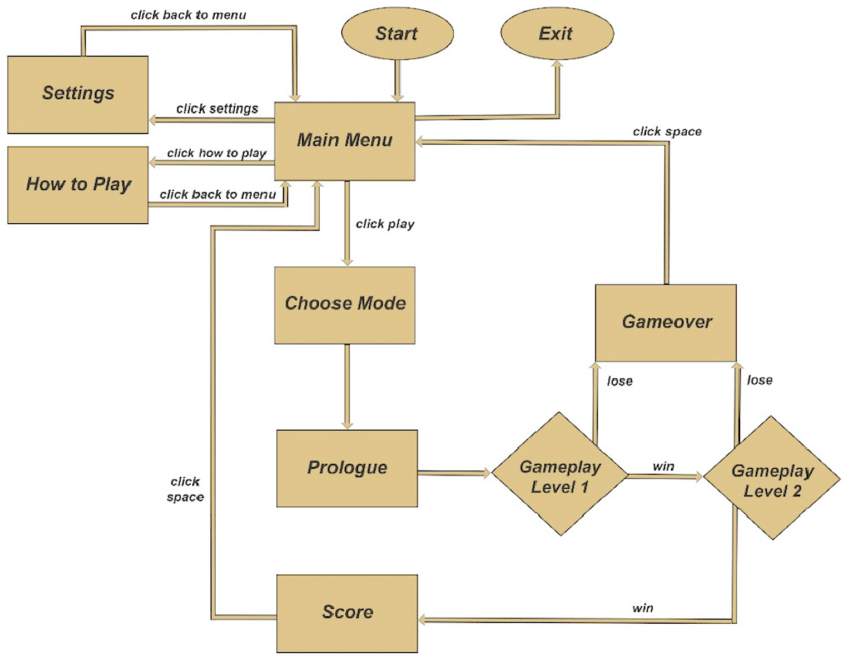For me, there is a direct relationship between creativity and patience. Ideas need to rest before being properly evaluated. Teams need to have the space to make their own journey and thoughts to make a game happen.
Most games never get published. This is due to many factors. But, a good pre-production phase helps mitigate the risk of not seeing the light.
I’ve read many articles explaining how AI tools help speed up the pre-production stage of a game. Some say that companies can also create content faster. I am very skeptical on this point.
In the pre-production phase, a team measures its potential toward a concrete challenge. The AI tools promise to give us concept art of a pretty high standard in minutes. We can also create stories and document templates. We can get quick code snippets.
But then we’ll find ourselves having to edit here and there. This editing process is different from the process that created successful games.
Since when did we decide that faster is better?
A good dish takes time to cook. A good vertical slice or demo, too. People need time to make meaningful connections, the sparks that ignite the engines. If we entrust this process to machines, then we end up working for the machine.
I enter my prompt and await the results. I review and analyze them. I iterate with these results by introducing more prompts. I review everything and make my changes. Instead of me acting and creating, it’s like I’m making corrections to an assistant. And it’s one of the worst assistants because it doesn’t actually think!
Fail faster is good advice, but it doesn’t mean we have to rush things. If something not created by us fails, it will be more difficult to grow. We will have no memory or connections that will make us understand which steps need to improve.
When did we decide that jumbled datasets are better than looking for references?
People need the process of searching for references to achieve creative goals. While the result of a prompt may appear to have excellent quality, it is still a mindless mixing of elements.
Our urge to have “the thing” now causes us to end up feeding a machine that will create something average. It makes us disperse in a mass.
The process that created the hit games that are on everyone’s lips works differently. There are two types of goals, project goals and personal goals. Every maker must have time to reflect. This time is invested in looking for references and organizing them. The same goes for an artist, a writer and a programmer. If this process is skipped in the name of speed, we will be acting like monkeys. Can we make something good? Just by chance.
Is it possible to use these tools in a healthy way?
The quick answer is no because datasets are a sophisticated intellectual property assault.
For the extended answer, imagine that there is no ethical/legal problem. Assume that the datasets are completely legitimate.
These tools can be used to unlock meaningful internal conversations for the team.
If I, a game designer, have to communicate some concepts to artists, these tools can facilitate my work. If a producer is briefing game writers, these tools can help estimate the number of words to use.
AI tools can help us learn to communicate with people belonging to other departments.
There is a direct correlation between the time a team works together and their odds of success. We should foster this necessary time with patience.
- Instead of thinking about speeding up critical passages, let’s improve cross-department communication.
- Instead of trying to get to the end faster, let’s improve our understanding of how everything contributes to it.




